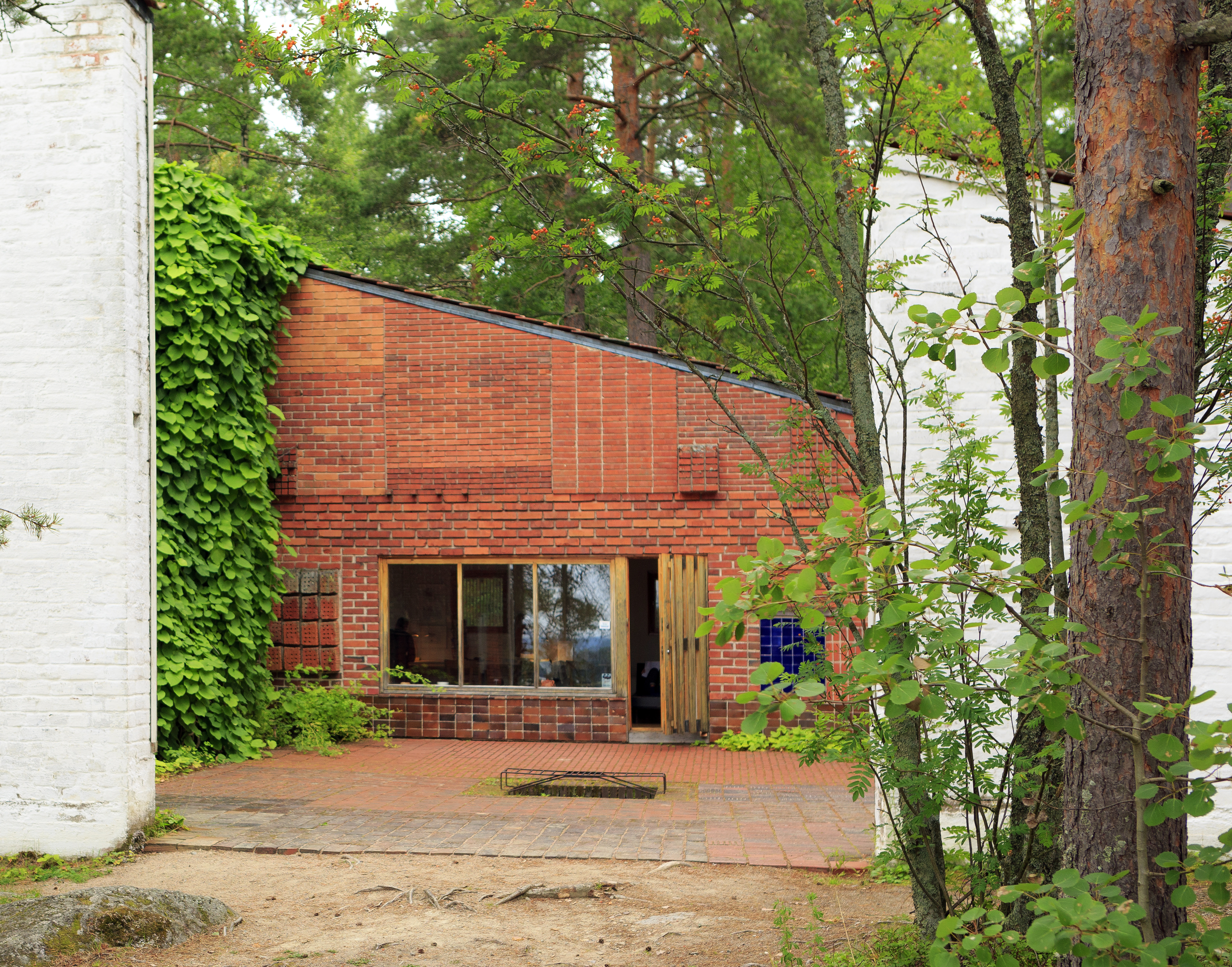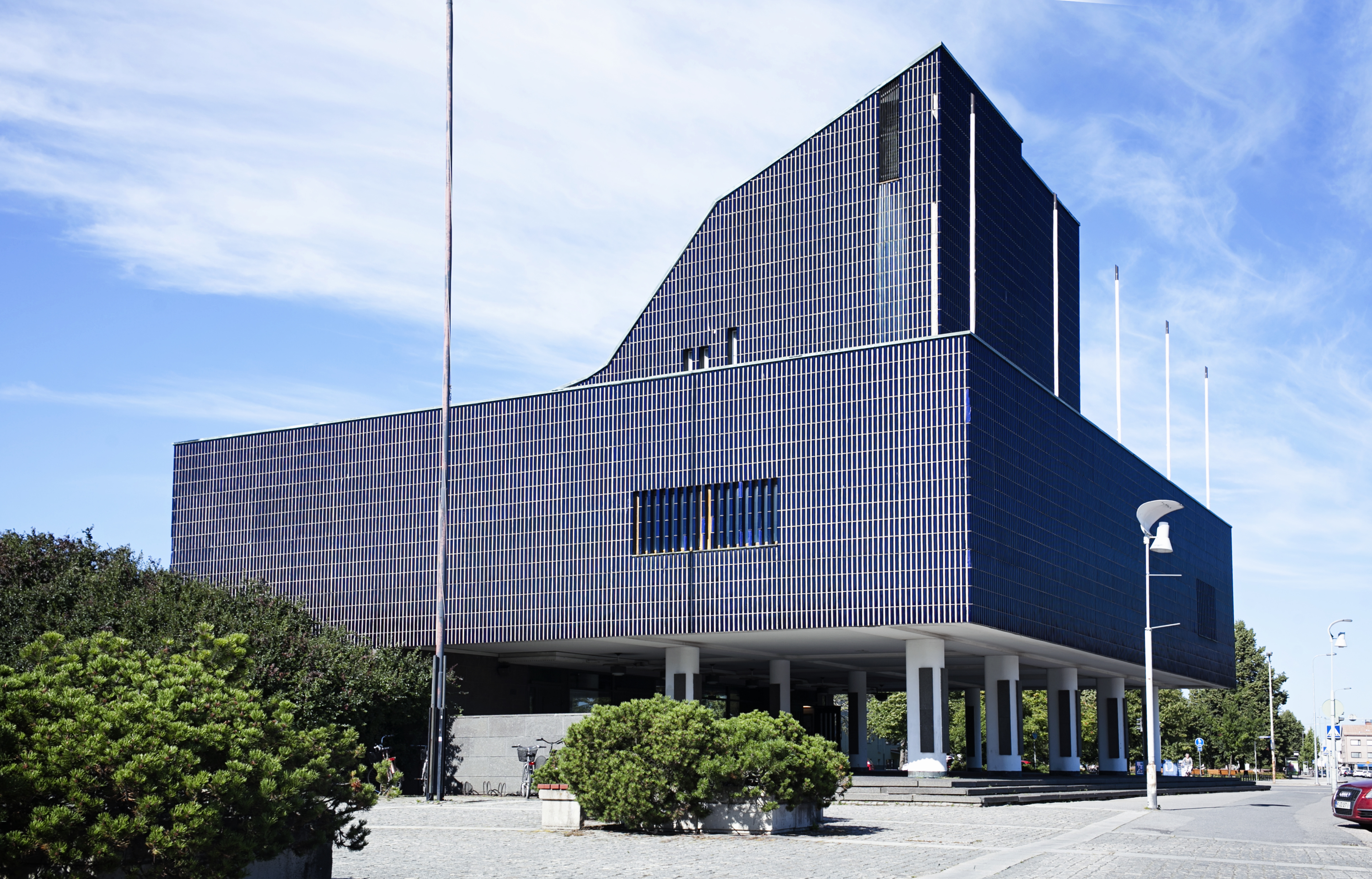FINNISH MODERNISM
The father of Modernism, Finnish Architect Alvar Aalto, left a legacy of around 400 architectural projects in his home country, the highlights of which can be seen on a scenic excursion of southern Finland.
As a designer, Aalto was innovative and radical. During the course of his lifetime, his Modernist style, constantly changed and evolved, culminating in experimentation with materials and variant styles. In later years he borrowed shapes, colours and textures from the Finnish landscape and believed that by embracing the natural world, it was possible to create a more humane society.
His tendency for functionalism often had elements of humanism, in particular, a softening of corners and a liberal use of wood amongst other natural materials to create a more organic approach to modern architecture as well as furniture and glass design. Aalto’s organic approach set Finland apart from its contemporaries in the early modernist movement, blending form and function to create sensuous and liveable spaces for the modern world that still resonate today.
His legacy can be seen throughout Finland and although Finnish architecture has changed with the times, the deep connection to nature remains at its core.
Jyväskylä
Located about 280km north of Helsinki and easily reachable by train, the architect’s hometown of has more Aalto buildings than any other city in the world.
From classicism to functionalism it was here, in the 1950s, that he continued his exploration of red-brick construction, especially on the campus of the University of Jyväskylä and at the Säynätsalo Town Hall.
Aalto’s most striking use of brickwork presented itself at his personal summer house, the aptly named Experimental House on the island of Muraatsalo. The exterior walls are whitewashed and were a testing ground where Aalto experimented with different textures, materials and designs, playing with brick, stone and ceramic swatches and setting them against various finishes and ornamental plants.
The stunning building was a radical experiment which he called “building without foundations”, he skipped the concrete substructure and instead built the guest wing on a pre-existing natural rock formation. This wing was also designated to experiment with solar heating, an area where Aalto was way ahead of his time.
Nearby is the Alvar Aalto Museum, which the architect completed a decade later. This rectangular, windowless block grabs attention with its vertically-aligned tile work, all in white, which creates a rich texture when it catches the sunlight. The skylights covering the roof provide interior lighting, as well as additional height inside and out.
The museum’s permanent exhibition is dedicated to Aalto’s buildings and interior design pieces, as well as his personal life. More importantly, the building is a venue for temporary exhibitions, workshops and forums that continue to promote innovation and experimentation in Finnish design and architecture. In all respects, it is a fitting cap on Aalto’s long and illustrious career.
Where to stay in Jyväskylä
We stayed at the family-run Boutique Hotel Yöpuu which has individually designed rooms (some decorated in the spirit of the designer and architect, Alvar Aalto) and the fabulous restaurant Restaurant Pöllöwaari. Try the three-course taste of Finland menu with matching wine pairings.
Seinäjoki
Aalto’s work can also be seen in the small city of Seinäjoki with its cluster of buildings all in close walking distance to each other drawing the interest of architecture enthusiasts both nationally and internationally.
As an architectural whole, the Administrative and Cultural Centre in Seinäjoki is unique on a global scale.
He designed the administrative and cultural centre of Seinäjoki known as the Aalto Centre and in 1951 entered and won an architectural competition organised by the town of Seinäjoki in search of an architect to design a church for the small but rapidly evolving market town (it is now the fastest growing City in Finland).
Aalto’s plans for the centre of Seinäjoki were based on monumental but easily approachable squares and other open areas between public buildings. When Aalto was young, he admired the antiquated cultures, and this is reflected as a forum which was also influenced by the Italian piazzas.
The buildings around the Civic Square in Seinäjoki – the Townhall, Library and Seinäjoki theatre – border the square paved with granite paving and cobblestone. According to Aalto’s suggestion, the square was designed for conferences and summer meetings, and of course as a meeting place for the citizens of the town. Aalto wished that squares intended for the assembly of people would promote a “new renaissance” for the forming and exchange of opinions through social interaction.
Aalto’s furniture and glass work is also internationally recognised and the world largest glass collection designed by Alvar, with his wife Aino (who co-founded design company Artek), can be viewed at the Aalto library.
Where to stay in Seinäjoki
We stayed at Hotel Alma (conveniently located right next to the train station) which dates back to 1909. We stayed in the new tower section of the hotel which has its own in-room sauna for the quintessential Finnish experience.
While in Seinäjoki check out the Lapuan Kankurit shop. Straight out of the pages of Kinfolk imagine Nordic chic cool meets Japanese design.
Finnair flies from London to Helsinki up to five times a day operating both Airbus A350 and A320 aircraft. Fares from London Heathrow start from £97 return in Economy Class and £514 return in Business Class, including all taxes and charges. For further information and reservations, visit finnair.com or call ±44 208 0010101.











